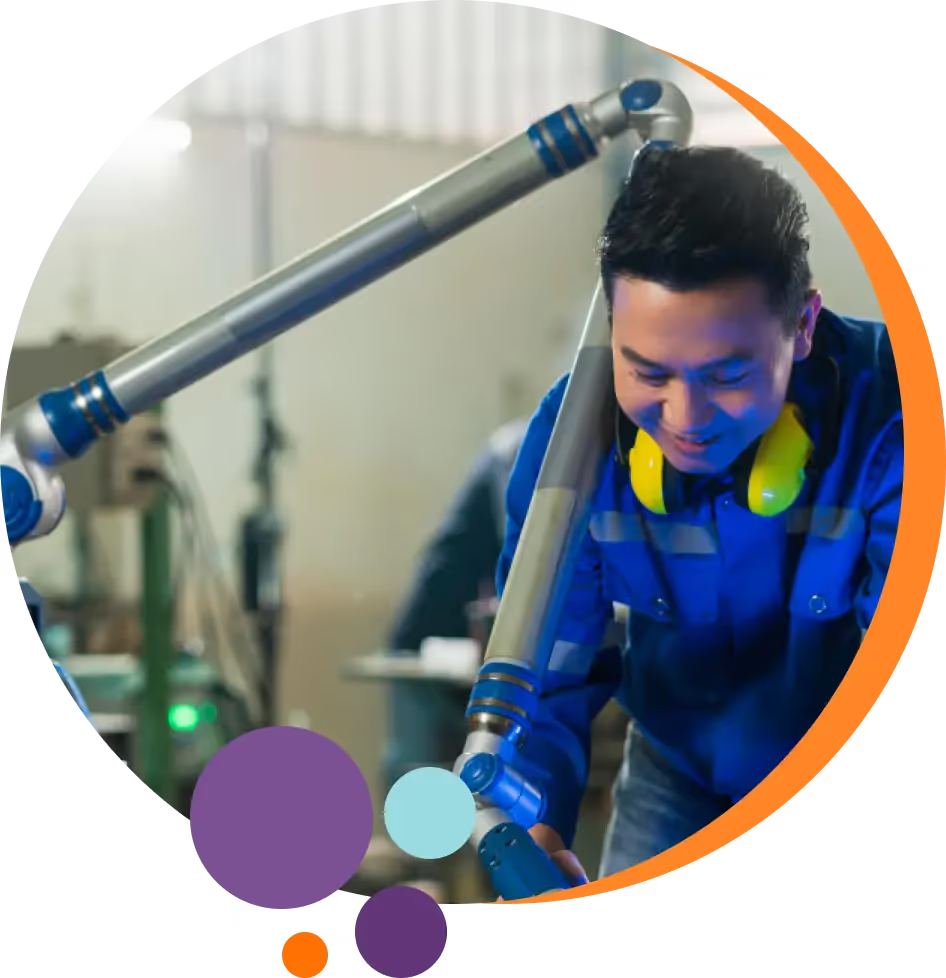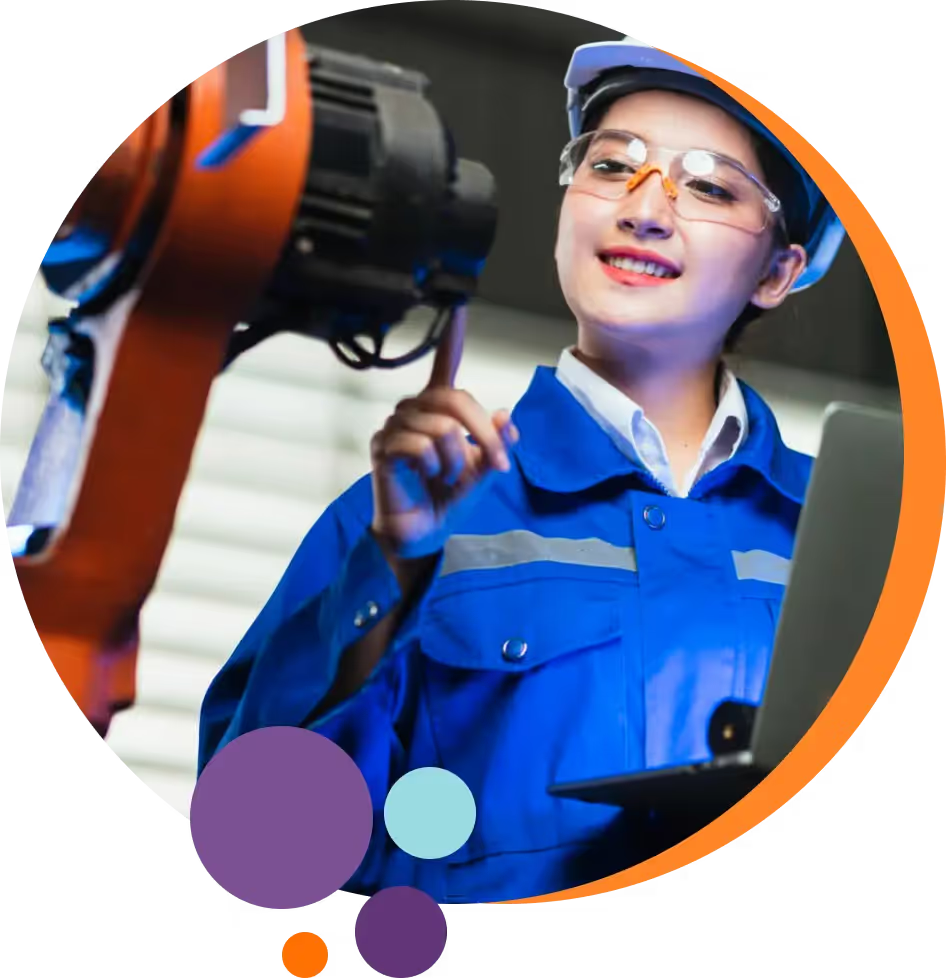1. Hype and High Expectations
Do you remember when the first voice assistants for smartphones came out? You might have imagined they would eventually overtake human assistants in ingenuity and capabilities.
Fast forward to today, and most people use it for little more than simple tasks, like playing music or making calls. Many others have stopped using it altogether. Research by Voicebot found that the use of general purpose voice assistants was decreasing.
AI has created a new wave of excitement about voice assistants, as shown by OpenAI’s recent, widely discussed live demo. But will it live up to its promise – or is this similar to the hype around voice assistants when they first came out over 10 years ago?
This is a perfect example of the question that nags every new AI application.
Media buzz, promises of market disruption, and uncertainty about AI's true capabilities have created a perfect storm of inflated expectations.
When a new AI model can write a Shakespeare sonnet, many fall into the trap of assuming it can do anything else, too.
This hype cycle can lead to:
- Unrealistic project timelines.
- Overestimation of AI's current capabilities.
- Disillusionment when AI doesn't deliver business value.
- Inflated values for AI-driven businesses.
While some expectations are overblown, there are fields where AI is making tangible and impressive progress.
Take robotics, for instance. AI-powered robots are transforming manufacturing floors with improved efficiency and safety. Or consider predictive maintenance, where AI algorithms are helping industries foresee and prevent costly breakdowns.
These practical applications highlight an important point.
While there might be unrealistically high expectations from AI on one end, there is definitely real value and use backing it up on the other. The key is knowing where to look – and having the skills to make the most of what we find.
.webp)
2. Too Much Money, Too Fast
The massive potential of AI has sparked a gold rush in the investment world.
Venture capitalists, investors, and tech giants are pouring billions into AI startups. Goldman Sachs Economics Research found that market interest in AI has increased dramatically. It estimates that AI investment will be around $200 billion globally by 2025.
Many of these investments, however, are based on the fear of missing out (FOMO).
Developing and implementing AI solutions takes time, resources, and expertise.
A lot of AI products are currently in the 'wouldn’t it be cool if' stage. The industries that have adopted AI are also still in the early stages, and its full potential may take years, even decades, to be realized.
Consequences of Investing Too Much
Pour in too much money too quickly, and you get:
- Startups with massive funding based on ambitious promises rather than proven products.
- Sky-high valuations for companies with little to no revenue.
- A 'growth at all costs' mentality that prioritizes hype over sustainable business models.
- Ultimately, a grave economic impact that will affect many businesses and employees.
How Does AI Investment Affect You?
While heavy investments in every AI startup might not be the best move, taking the time to learn the right skills for an AI-driven future is well worth it.
The rapidly growing and heavily funded AI market is sure to affect many workers.
We probably won’t have an entirely automated society, and not every AI product will be successful. But AI will definitely transform many occupations and open up new, lucrative jobs.
Learning about AI will help:
- Distinguish between AI hype and practical applications.
- Learn how to use AI technologies with real-world implementations.
- Give you an edge in industries like manufacturing and robotics.
.webp)
3. Lack of Practical Applications
The excitement about AI often stems from groundbreaking research and impressive demonstrations.
But the real challenge is translating these research breakthroughs into practical, scalable applications.
The gap between AI's potential and its concrete, enterprise-level uses is wider than you might think.
In a KPMG survey, companies said that a top barrier to AI implementation was the lack of a clear business case.
Companies that overinvest in AI without a clear strategy or understanding of its limitations are likely to be disappointed. This can lead to a reluctance among others to continue investing in AI technologies.
But why is there so much disconnect?
- Many AI solutions remain stuck in research labs or experimental phases.
- Some AI applications solve problems that businesses don't actually have.
- The cost and complexity of implementing AI can outweigh the benefits for many companies.
The lack of practical applications fuels a cycle of unmet expectations, skepticism about AI’s real-world value, and slower adoption of new technologies.
AI is already making a tangible impact in some areas, however, particularly in industries that rely on data analysis, pattern recognition, and automation.
Research and development for AI in these fields will continue, but they are already great examples of AI making demonstrable progress in solving complex, industry-specific problems.
.webp)
4. Skill Shortage
While the AI bubble grows on one front, we have several powerful AI applications that aren’t being used effectively on the other because there aren’t enough people who know how to use them!
Many businesses and employers face this frustrating scenario.
According to the World Economic Forum’s 2023 Future of Jobs report:
- 6 in 10 workers will require training before 2027.
- Only half of all workers have adequate training opportunities.
- Training workers in AI and big data is the 3rd highest skills-training priority over the next 5 years.
If businesses cannot find enough skilled talent:
- They suffer productivity losses and become less competitive.
- Projects dependent on AI are delayed or never completed. This includes projects that don’t need AI but would benefit greatly from it.
- Companies struggle to keep up with AI advancements.
- The gap between AI's potential and its real-world use keeps growing.
As businesses continue to expand their use of AI, creating talent pipelines for skilled workers and upskilling the existing workforce is more important than ever.
A large contributor to this problem is the lack of available resources to train workers.
- Traditional academic programs focus on theoretical knowledge and have lengthy development cycles. This leads to lagging behind the real-time needs of an AI-driven job market.
- Currently employed workers find it even harder, as they have limited time and resources to invest in upskilling or reskilling themselves.
The skills gap has led many employers to change their priorities while hiring and focus on skills over degrees.
The silver lining is that the need for new skills and new roles, alongside the shift to skills-based hiring, creates substantial opportunities for those willing to learn.
While traditional education might be long and costly, platforms like Unmudl enable workers to acquire valuable skills at their own pace.




















.webp)
.webp)


